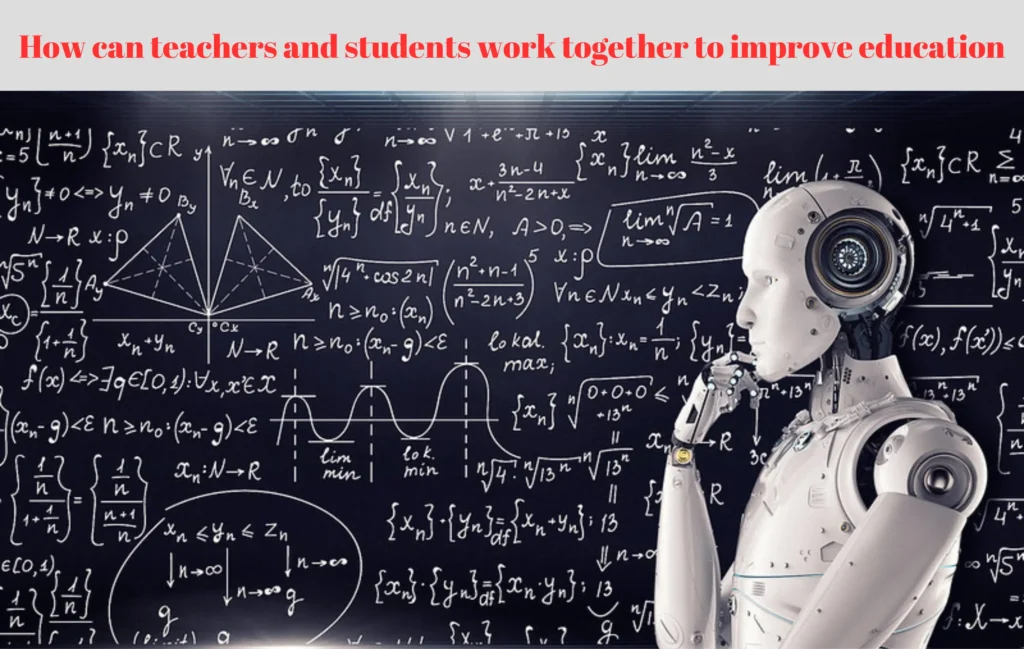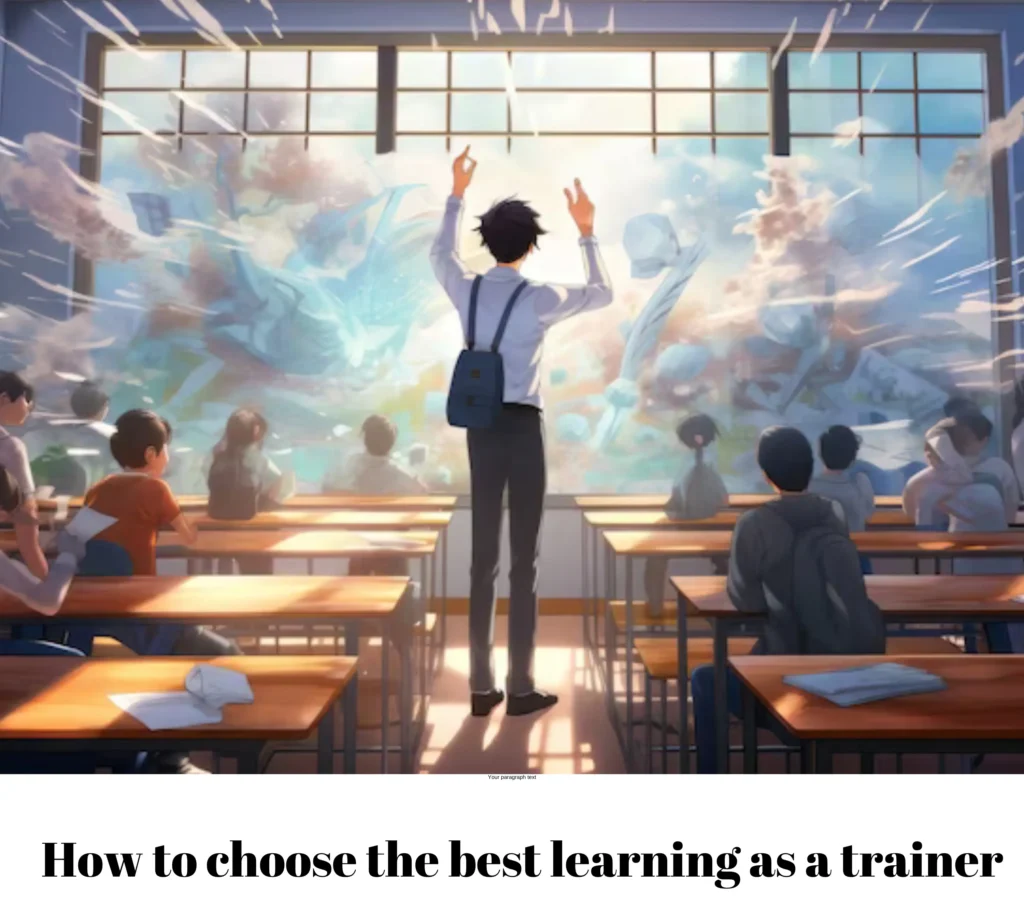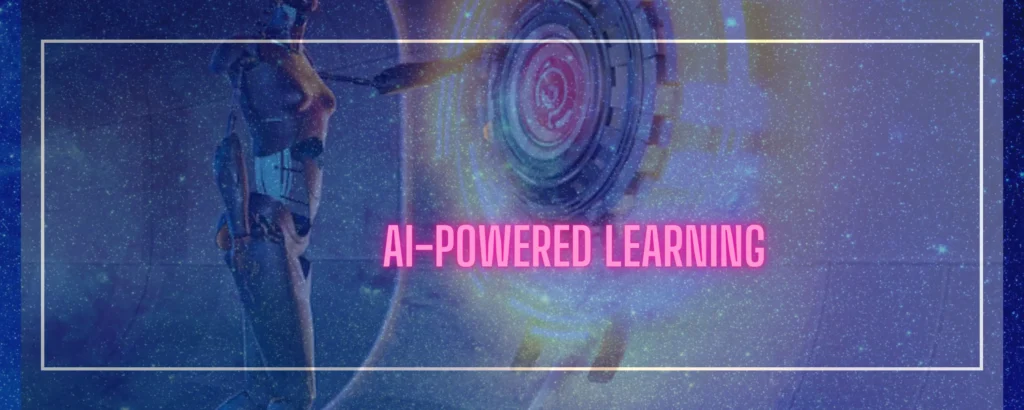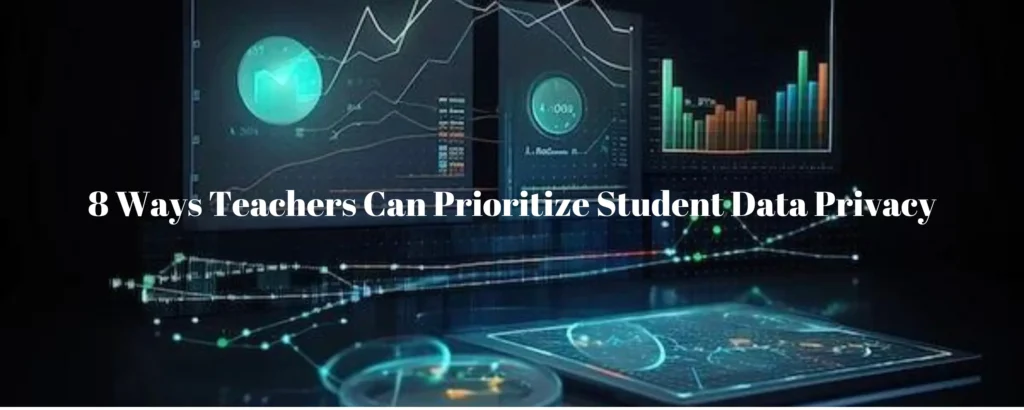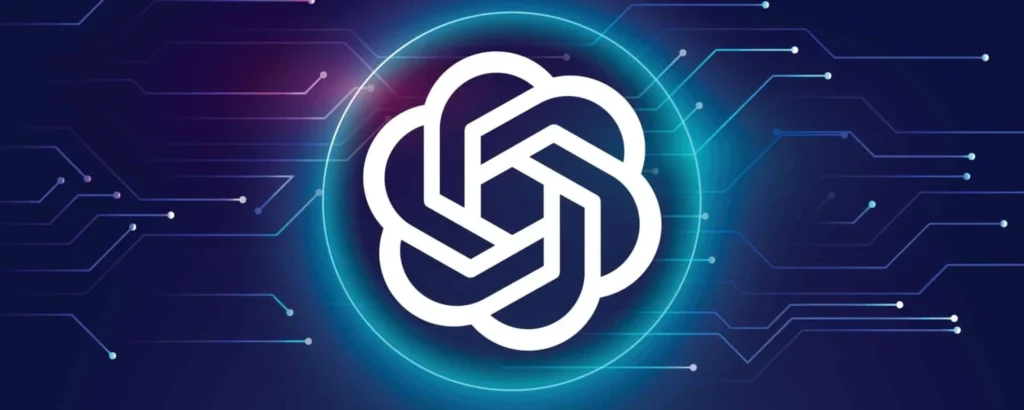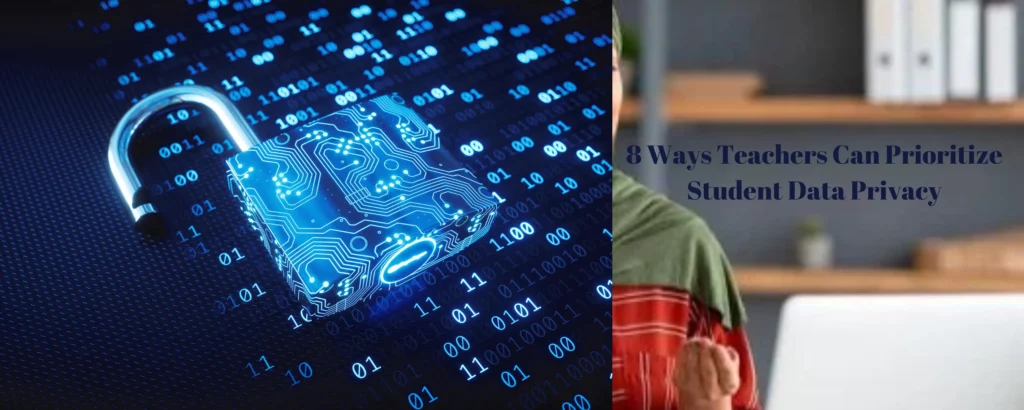How to choose the best learning as a trainer In the sphere of education, pedagogical principles, student needs, and educational objectives must all be carefully considered while selecting the optimal learning strategy for a trainer. This is a specially designed method for teachers: Recognize Pedagogical ideas: Become acquainted with a range of pedagogical ideas, including constructivism, behaviorism, and social learning theory. Recognize the ways in which these theories impact various pedagogies and learning modalities. Recognize Your Students: Learn about the experiences, skills, passions, and learning styles of your students. Take into account variables including age, linguistic ability, cultural variety, and special needs. You can effectively address their demands by customizing your teaching style with the aid of this knowledge. Clearly Stated Learning Objectives: Establish measurable, unambiguous learning objectives that are in line with curriculum requirements and instructional objectives. Make sure your goals are time-bound, relevant, measurable, and precise (SMART). Select Instructional tactics Wisely: Make sure your instructional tactics align with both your students’ needs and your learning objectives. Lectures, conversations, practical exercises, group projects, multimedia presentations, problem-based learning, flipped classrooms, and inquiry-based learning are a few examples of this. Employ Active Learning Strategies: Promote involvement and active participation in the educational process. Include exercises that encourage contemplation, cooperation, problem-solving, and critical thinking. Interactive conversations, arguments, case studies, role-playing, and opportunities for hands-on learning could all be a part of this. Integrate Technology: Use technology to improve the way that things are taught and learned. To enhance traditional training and create interactive learning possibilities, use digital simulations, internet platforms, multimedia resources, and instructional tools. steps to understand Pedagogical

